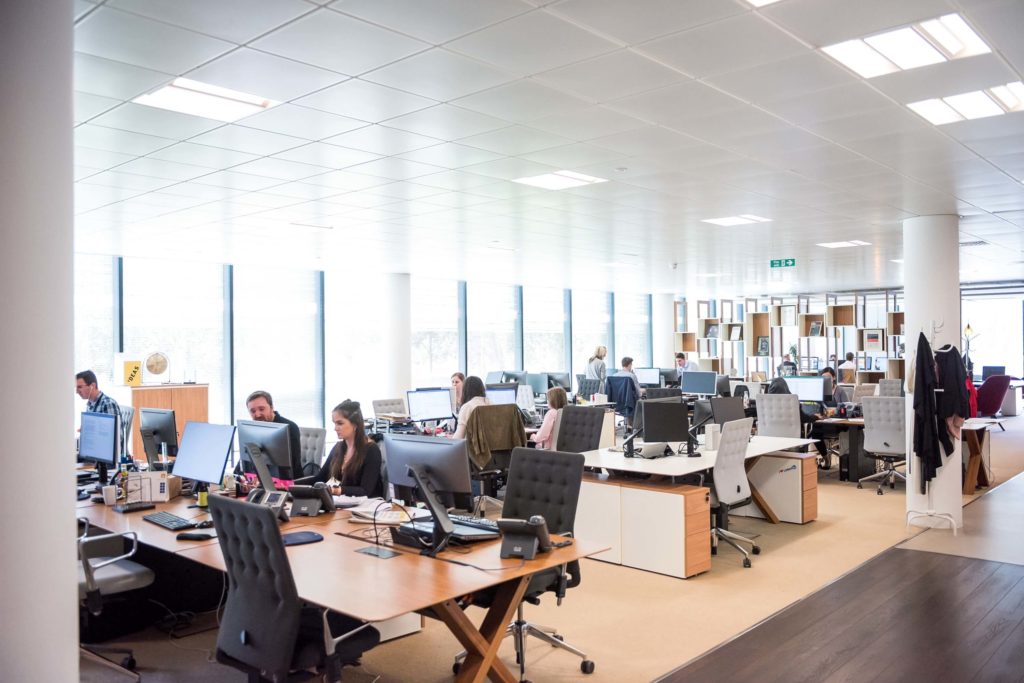“Unretirements” are on the rise. People who had previously exited the workforce are coming back, and we need these experienced individuals more than ever.
The number of retirees returning to work is approaching levels not seen since before the pandemic. According to the census bureau’s Current Population Survey, 2.8% of the workers who were retired in January 2021 returned to the labor force by January of 2022. At the same time, people who had prepared to work past the age of 65 are now leaving before they reach that age. As plans and expectations change, companies are encouraged to start thinking about how they can make the work environment more inviting for mature employees.
The knowledge economy is still recovering from the pandemic
The pandemic sparked millions of resignations and early retirements. Companies are still struggling to fill open spots left by senior staff. For the first time in a long time, employees are in a position to ask for what they want, and if they can’t get it from their current employer, they may look elsewhere or stop looking altogether.
While many who left the workforce were young and fed up with subpar working conditions or brutal hours, older workers were giving notice, too. The “Great Retirement” was occurring at the same time as the “Great Resignation”, and Goldman Sachs estimated that more than half of those who had left the workforce during Covid were over the age of 55. Workforce exits are higher among baby boomers. They have realized that time is precious, and they don’t want to spend so much of on a job that they don’t enjoy doing.
Fortunately, there are also retirees who are now thinking about returning to the workforce since companies everywhere are looking for talent. Full-time retirement can be hard on those who like using their minds and skills, so having the option to return to work on a part-time or temporary basis would help to entice retired professionals.
A change in plans and priorities
Currently, there are Americans who have changed their minds about working past the traditional retirement age, as well as Americans who are now interested to be semiretired or come completely out of retirement. These changes in priorities are spurred by a number of factors, including financial health, physical health, an increase in average life expectancy, and attitudes about the meaningfulness of work.
How to make the return less disruptive for everyone
Unretirements are overwhelmingly positive for employers who are worried about finding enough strong candidates in an unstable work economy. But, knowledge-centric companies must be willing to improve labor conditions – for older workers and for everyone else – if unretirement is to become a viable long-term solution to the labor shortage.
The majority of retirees who are reentering the workforce are doing so because they want to, not because they have to. These workers can be very valuable if they’re given the tools and resources to succeed.
There are concerns that older staff won’t be able to keep up with today’s workplace technology. But those that are willing to learn should be able to use software just fine. Plus, mature colleagues are used to working hard and doing what it takes to get the job done. They have a great attitude, and can probably share some things with younger colleagues too. Employees over the age of 55 are usually in a relatively stable time of life, and can afford to invest more attention into their jobs.

So, how can companies welcome retirees back and set the entire team up for success? Below are some important points to consider.
Have a standardized onboarding process
Standardized processes will ensure that all employees (new and returning) understand how things work, who to ask for information, and what to prioritize in order to help the company reach its goals. Even if you are bringing back a former employee, you need to help them get reacquainted with people and procedures. Every company needs a formal onboarding process. Without one, turnover rates are generally high and growth becomes challenging. No one likes to be thrown into the deep end when they’re just learning to swim. The same is true for new staff who are just learning how to operate within the company.
Experts recommend that management prioritize information that will educate employees on general policies and expectations. Give unretired staff the opportunity to ask questions and make notes. If there is a platform or software where resources are stored, ensure employees know how to access it so that they can review details as needed.
Establish a thorough training process
Companies that are serious about hiring retired professionals will benefit from establishing a formalized training process. This could mirror an apprenticeship that turns into full-time employment, or returning hires could be required to complete a scheduled training program that helps them become comfortable with the workplace and the role. Leaders may need to hire additional staff to create or carry out these programs, but these new staff could morph into an employee success or development team that helps all staff reach their full potential.
Give employees access to multiple resources
When training people to use specific programs or update files according to company policy, businesses should have written or step-by-step video instructions available. But having people available to guide staff returning to work is equally important. People who are reentering the workforce can benefit from having an assigned contact, another employee who is not their manager or boss, to help them with any questions that may arise post-training. People learn in different ways, but most will prefer to have a person, as opposed to a video, answer questions for them. This is especially true if staff will be expected to work from home some of the time. Managers should also establish regular check-ins with these employees to help them successfully transition from retired to working.
Finally, don’t forget about the employee’s physical workspace. Modern chairs and desks are meant to accommodate individual needs and preferences. After all, one size rarely fits all. Perhaps someone would work better with a screen magnifier or specific mouse. If these kinds of physical resources are available to staff, make sure they are aware of them.
Offer more flexibility
As noted earlier, the option for semiretirement status appeals to many who are currently not working at all. This would allow them to work a flexible schedule, fewer hours, or come back on occasion to help on big projects. But as of now, few companies provide this option. If there is a way to offer part-time or occasional work to retired employees, go for it! Hybrid work environments will make this a more realistic option since many staff won’t have dedicated workspaces anymore. Older workers will stick around for longer and produce better results if they are able to balance work with retirement.
Conclusion
Unretirement may be one solution to repairing the current state of the knowledge economy. Those that are interested in returning will be more eager to stay employed if their place of employment is able to offer them some flexibility and concrete training. Having multiple generations in the workforce isn’t as challenging as it might sound. In fact, this arrangement can be beneficial to the company because it allows for knowledge to be shared two ways. Mature workers have decades of experience to share with younger staff, and those who are at the start or in the middle of their careers can certainly show these older staff how to work smarter.


